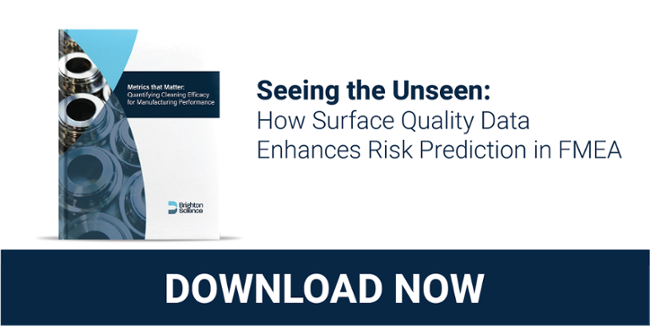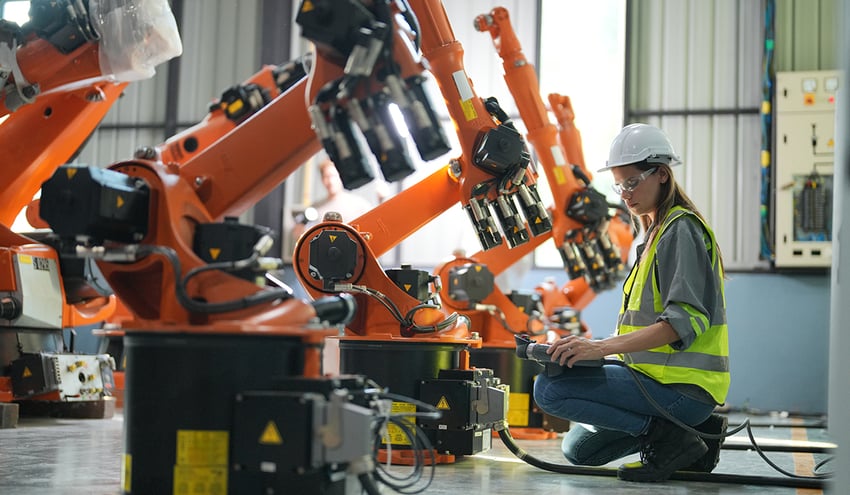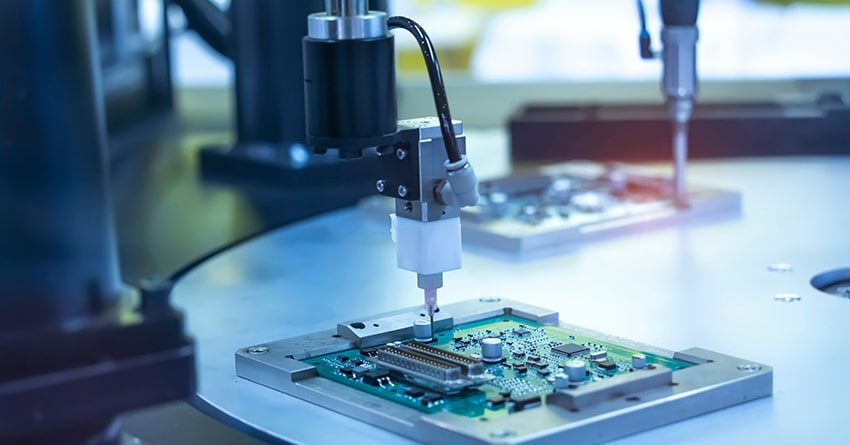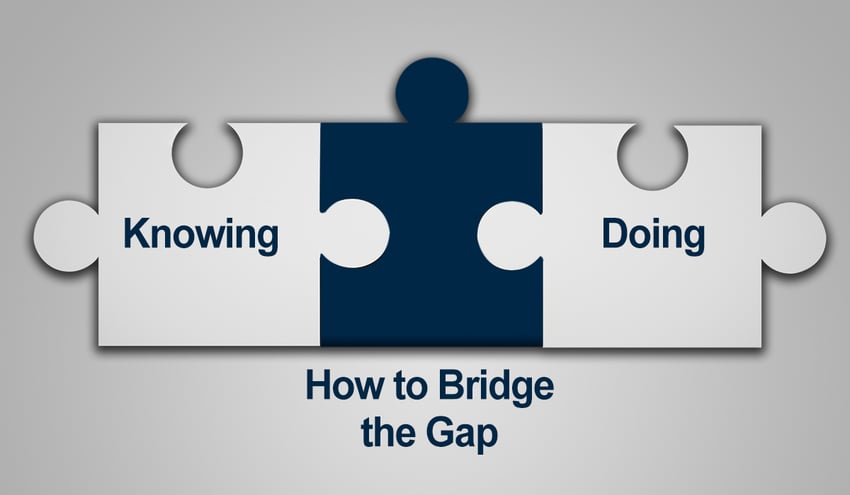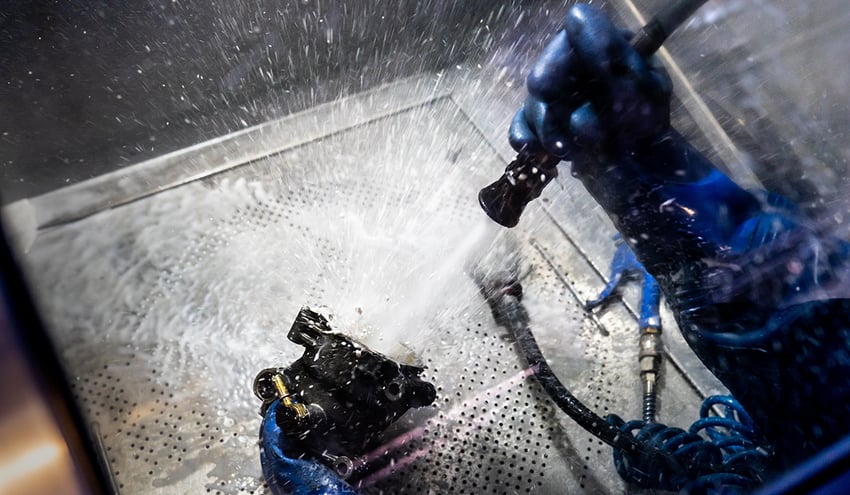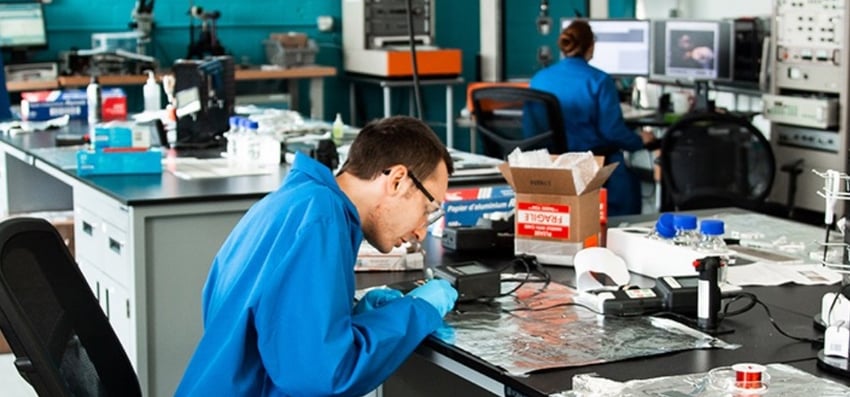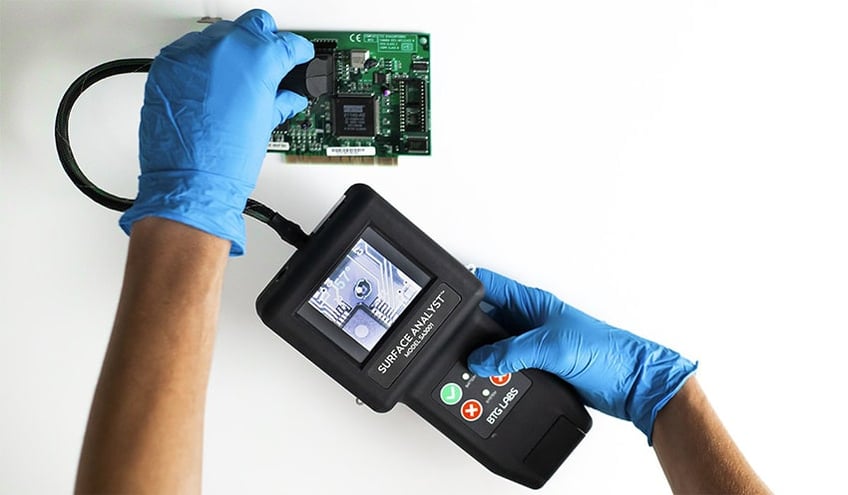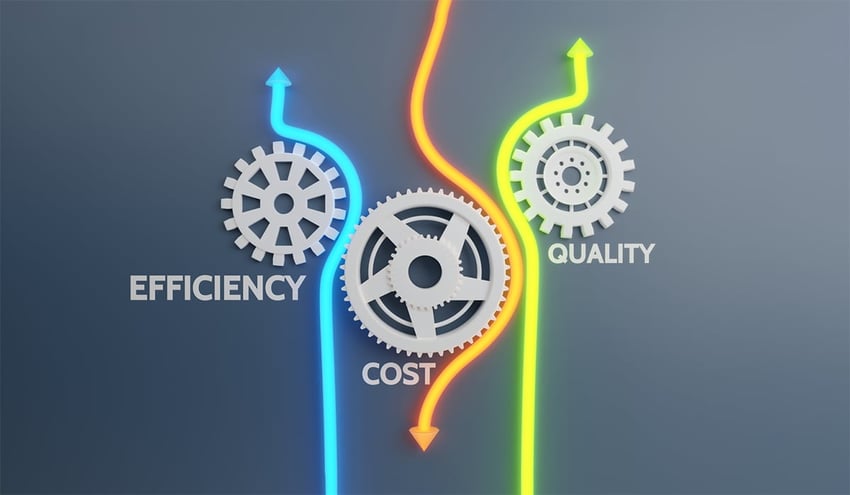What Does 'Fail Fast, Fail Often, Fail Intelligently' Even Mean?
When it comes to business and innovation, making mistakes is inevitable. But instead of shying away from failure, we should embrace it as an opportunity to learn and grow. This concept is often referred to as "fail fast, fail often, fail intelligently."
What does that mean exactly? Businesses should encourage their employees to take risks and experiment with new ideas. When those experiments don't pan out, they shouldn't be seen as failures but as opportunities to learn and improve.
This could also be thought of as "Early Validation." But of course, simply failing over and over again isn't optimal. That's why it's essential to have a process in place for experimentation and to measure the results of those experiments using data. That way, you can learn from your mistakes and progress toward your goals.
'Fail Often, Put a Band-aid on It'
When it comes to bonding in manufacturing, it's often an afterthought, and that's where many businesses struggle. It's usually a matter of 'fail often, put a band-aid on it.'
But that's not the right approach. Here's why:
Bonding is essential in manufacturing. It's what helps hold products together and ensures a high-quality end product. Without proper bonding, products can fall apart or face a severe decrease in quality. This can lead to costly rework and replacements, cause disruptions in the manufacturing process, or worse, product recalls—an unfortunate example of this is glass bonding in vehicles.
To Fail Early and Often, Manufacturers Need a Predictive Model for Their Material System
To avoid the costly and time-consuming process of trial and error, product development teams need a predictive model for their material system. A predictive model will consider the variables that will affect the adhesive's performance, such as the type of materials being bonded (for instance, urethane and aluminum), the surface roughness of the substrate, and the cure conditions. By doing so, teams can fail early and often before it actually matters. In addition, employees also gain a tremendous amount of skills and learning opportunities along the way.
Optimize the power of next-gen connectivity with data & surface intelligence.
Contact angle measurements are a crucial input for predictive models. Determining the contact angle will allow you to know the quality of a material surface before an adhesion process such as coating, sealing, soldering, adhesive bonding, printing, or painting. The contact angle can also be used as a surface quality check after cleaning processes like solvent cleaning, parts washing, ultrasonic cleaning, and more. The predive models can use this data to determine the material system's best surface quality, adhesive, and surface preparation method.
Different models will have different assumptions and characteristics. It is essential to select the model that best fits your needs. The predictive model should accurately foresee the adhesive's behavior under various conditions. It should also be easy to use and interpret so that you can make the necessary adjustments to your process.
The right predictive model can save you time and money by helping you fail early and often. By doing so, you can avoid the costly process of trial and error and ensure that your product meets the highest quality standards.
An Example of Predictive Modeling for a Material System
An example of predictive modeling would be if you were trying to improve the bond strength of a material. In this case, you would want to look at the contact angle between the two surfaces. The lower the contact angle, the stronger the bond will be.
Rethink your adhesion manufacturing processes with Surface Intelligence.
For example, if you have an untreated polyethylene with a contact angle of 70 or 80 degrees, and you treat it to decrease the contact angle, you will see a drastic improvement in the bond strength. This is just one example of predictive modeling. There are many other applications for predictive modeling, but comparing the performance of different systems is an effective way to use predictive modeling in manufacturing.
To learn how you can implement surface intelligence data into your product development process, download the eBook "Seeing the Unseen: How Surface Quality Data Enhances Risk Prediction in FMEA."


